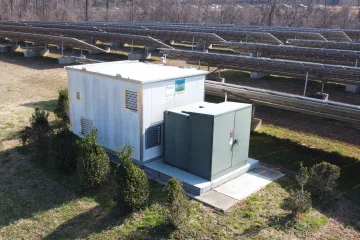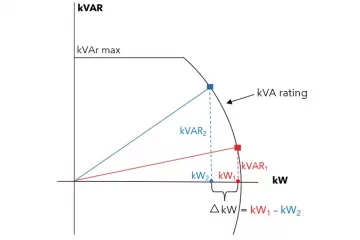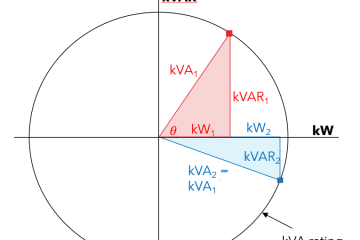Several days ago, SEIA and Wood Mackenzie released its “Solar Market Insight Report Q3 2023” report. The report projects more than 20 GW of additions in utility-scale solar in 2023, up from 11.8 GW in 2022.
Last month, EIA reported that nearly 17 GW of utility-scale solar was added in the first half of 2023.
These reports reflect that the IRA is gaining traction, despite ongoing concerns around unclarity of the qualifications for federal tax incentives in the IRA.
SEIA/Wood Mackenzie project that more than 170 GWdc of utility-scale solar PV will be installed between 2023 and 2028. To put that into some perspective, the total US generating capacity is estimated to be 1,300 GW.
These encouraging indicators for utility-scale PV growth come despite impediments that developers are facing. These include elevated interest rates, higher costs for imported equipment and domestic labor, and lingering supply-chain issues.
Another impediment has been the long interconnection queues, lasting up to five years in some parts of the country. At the end of July, FERC issued Order 2023, with one aim of reducing the interconnection queues and resulting project backlogs. But considering that many ISOs/RTOs and transmission companies had already fully or partially implemented some of the measures, and the long time it will take to fully implement Order 2023, it will require some years before the interconnection queues see substantial relief.
Also on the downside, Wood Mackenzie and SEIA reported lower growth for community solar projects in Q2 2023, down 16% from 2022. Still, they forecast an annual average rate of growth of 11% for community solar from 2024 – 2028.
Tim Taylor is the founder of Electric Distribution Academy, and all his courses are hosted exclusively on HeatSpring. Tim is the instructor for several courses focused on utility distribution, including “Interconnection of Utility-Scale Solar PV to Distribution” and “Understanding IEEE 1547-2018 – Interconnection Standard for DER on Distribution.


